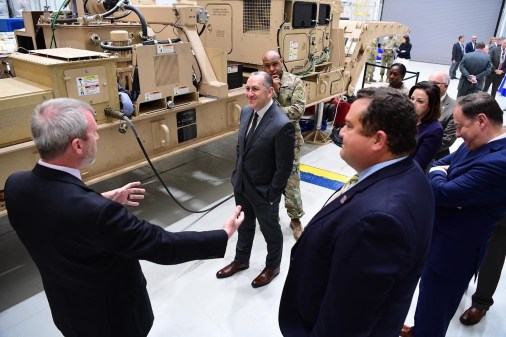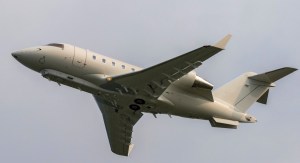The Army, Air Force and Defense Information Systems Agency have agreed to share and upgrade routers, which the Defense Department says will increase speeds, security and save the services more than $1 billion in future costs.
After recent changes to the organization of the Army’s combat troops, the service found itself with excess technology capacity, according to Richard Breakiron, the network capacity domain manager for the Army’s chief information office. Fortuitously, the Air Force was looking to upgrade its information technology architecture. The two decided to team up.
And according to a DOD press release, it’s going to mean big savings. The Army says its IT budget will drop $785 million between fiscal years 2015 and 2019 as it consolidates hundreds of dispersed network security stacks into 15 regional security stacks and upgrades its routers. The Air Force will share those regional stacks and migrate to Army’s new routers, avoiding roughly $1.2 billion in long-term costs.
“As [DOD] continues to move aggressively toward [the Joint Information Environment], this partnership is an important step forward,” said Teri Takai, DOD chief information officer.
Upgraded routers also mean increased speeds, according to Mike Krieger, Army’s deputy chief information officer. Backbone bandwidth speeds are expected to rise to 100 gigabytes per second. At various Army installations, network speeds will rise to 10 gigabytes per second. It’s a major increase; Fort Hood, Texas, currently runs at 650 megabytes per second.
Consolidation also improves network security, said DISA Director Ronnie Hawkins, part of the goal in moving to a joint information environment.
“It creates a network that is fundamentally more defensible and more efficient,” Hawkins said.






